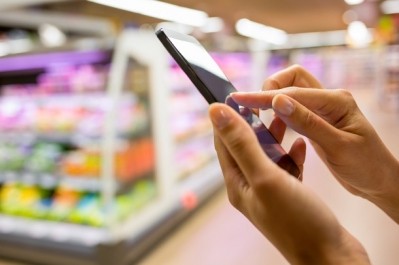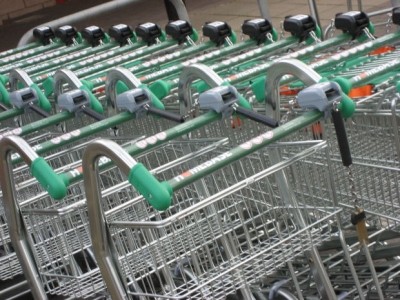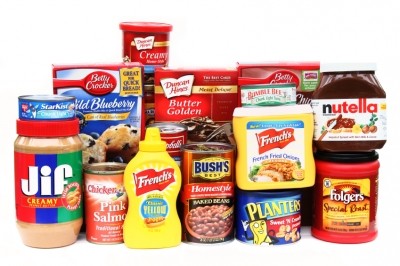CPGs missing the boat on e-commerce: Deloitte

For the first of a two-part “Digital Commerce in the Supermarket Aisle" study, Deloitte surveyed 43 executives from CPGs (60% of which were food companies, the rest beverage, household goods and personal care). More than half the companies have annual sales of $10 billion or more, and most of the executives say they spend at least 20% of their time on digital commerce activities. The study also analyzed responses from a survey of 2,040 consumers who had purchased a product online within the past six months.
Consumers online purchase intent far outpaced executives’ estimates
Both executives and consumers anticipate online sales of CPGs will grow in the coming years; executives expect 35% growth in the next year and 76% growth in three years; but consumers expect their online purchases to increase by nearly twice those amounts—67% in the next year and 158% in three years.
Some would argue that there is a disconnect between consumers' intentions and behaviors, though Pat Conroy, vice chairman of Deloitte and consumer products sector leader, said that intent does result in changes in behavior, which was indicated in the survey results.
“In our survey we observed a majority of consumers stating not only intent to buy more products online, but also reporting that they purchased more CPG products online in the past year,” Conroy told FoodNavigator-USA. “For example, 61% stated ‘I buy more products online today than last year,' 60% said ‘I want to buy more products from more categories online,' and 58% said ‘I want to have more products delivered to my house.'”
And with the rise of rapid delivery options, the 64% of consumers who said they want to reduce the number of trips they take to the store have more viable options as both traditional and online retailers are adding in-store pickup and more affordable at-home delivery options—mainly in larger metropolitan areas, Conroy added.
“To indicate the size of the opportunity, placing distribution centers in just the top 50 metropolitan statistical areas in the United States would allow a company to potentially offer pickups or affordable at-home delivery to over half (54%) of the US population,” he said.
The ‘indifferent’ consumer presents a huge opportunity
The research also identified a significant digital growth opportunity in the so-called “indifferent” consumers, the 41% surveyed who said that they neither like nor dislike shopping at supermarkets for CPG products. These shoppers, combined with those who dislike shopping at supermarkets, are most likely to consider e-commerce for CPG products and present a significant untapped market, the researchers pointed out.
"For some consumers, purchasing CPG products online is something they have simply never actively considered," Conroy said. "For example, one consumer we surveyed told us, ‘While I buy personal care products online, I never really considered buying groceries online.’ Creating awareness among indifferent consumers about the convenience of online shopping—via channels that stock one’s own brands—will be essential."
Free delivery first, the right brand second
The majority of consumers who dislike grocery shopping say it's due to the time it consumes, but they also dislike it because of inconvenience (47%), the crowds in stores (42%) and traveling to and from the retail store (39%), the report found.
Other convenience-related attributes include access to product information, the ease of trying recommended new products, and the ability to lock in recurring purchases, Conroy added.
"The risk (or opportunity) for CPG companies is that indifferent consumers, when given increasing options for buying online, will likely shift brand preferences based on convenience- or price-oriented factors. One consumer we surveyed went as far as saying, 'Free delivery ranks first. Having the right brand, second.'"













